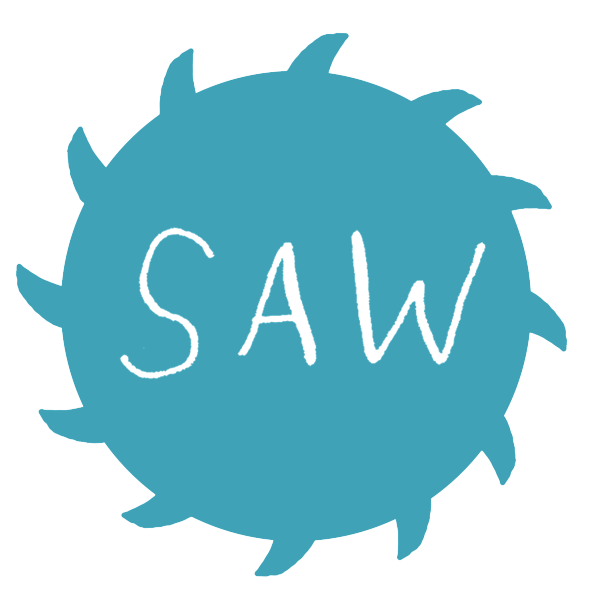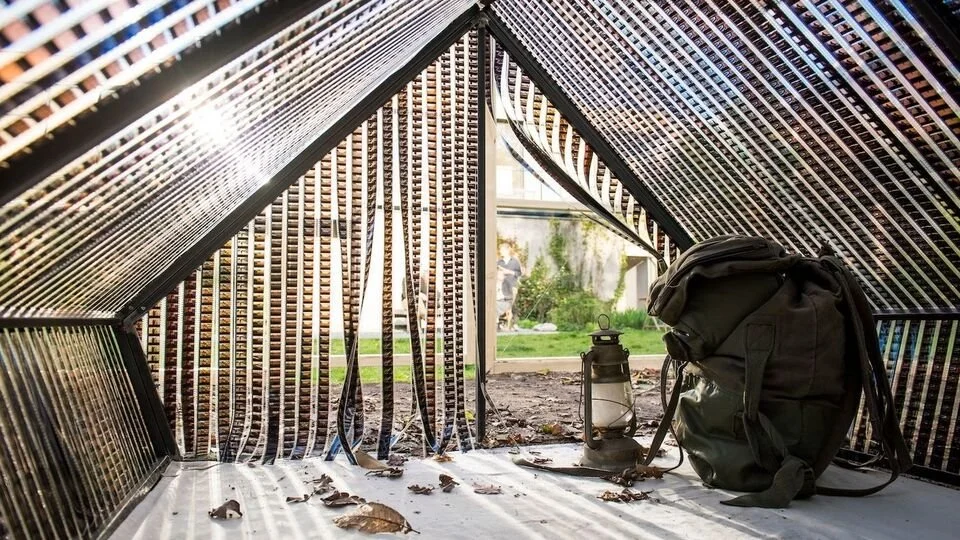Starting Over on your Comics
Hi, Friends! This week on The Terrible Anvil, Tom Hart and Jess Ruliffson dug deep on the topic of STARTING OVER.
We noted there's a few different types of starting over:
1) Restarting an old, old, project
2) Starting a new project after you finish one you've been working on (or even working in a series or across multiple comics pages)
3) Completely rethinking a project you have sunk a lot of enthusiasm and hours into
LISTEN ON:
Have you ever started over?
Tom said he started over in his approach to his graphic novel, and also while he was working on an outline for a follow-up memoir—one small dream sequence within it became a longer series, B is Dying.
Jess noted that when she was making comics about veterans, she had originally envisioned herself as a character but removed herself once her personal narrative got too long and tangential to hook to the main story. (it ended up being the idea for a different book that she didn't make!)
What if you’re working on a pitch with a deadline?
Sometimes, particularly on freelance/shorter work, Jess will keep going to the finish line and use the information of what was less than ideal as inspiration for future comics. It's not starting over but a way to gain insights into a better working process.
In thinking about the big scary restart, she mused that rather than starting over on her projects, she usually just stops to clarify what she’s working on and being more intentional + specific. She lets go of the things that don’t serve the main goal.
Jess also recommends keeping your collaborators informed if you really veer off topic. book publishing editors, Tom adds, are often more committed to getting a book rather than the exact thing you pitched!
The Garden of Unfinished Projects
Tom has a vision for a garden of unfinished projects—a playground where one could keep dreaming with other cartoonists about the nascent beanpoles of ideas quietly mulching in the comics backyard, getting bigger and riper.
He also mentioned this awesome “cinema shack: by the filmmaker Agnès Varda, a tent made out of old celluloid strips rescued from discarded prints of her films.
What ways can you rescue the remnants of old projects you’ve abandoned or started from scratch? How can you pay homage to the ideas you’ve loved and let go?
PROCESS vs PRODUCT
Tom and Jess both noticed the magic of thinking about PROCESS with others (vs PRODUCT, the final work). Tom is curious about the future of art and wonders if projects have to have clear beginnings middles and ends, or if they can be more about creating something and being in the company of others.
Doubt—the “sexy part of belief,” in Jess’s words—is one important part of the creative process. Without it, there’s little room for experimentation and happy accidents. Feedback from trusted peers might cast doubt on your work and make you wonder about starting over, but this can be a good thing. Doubt is fuel for trying new things and seeing what works. You might find that what you started with is the right way to go, but without the impetus to explore you might pass up opportunities to be surprised by your own work.
Starting vs Starting Over
What’s harder? Are they the same thing?
Tom finds starting to be harder—there’s more uncertainty and insecurity.
A big takeaway from this Tom mentioned: Don't start from scratch, don't start with a blank page! What sort of artsy detritus can you unearth from your garden of ideas? Maybe start there first. Less pressure, more fun.
JOIN US NEXT WEEK aS WE TALK ABOUT COLLABORATION!
You can get access to our live calls every Thursday through the FLOW + PUBLISH group at SAW! By signing up you’ll also get expert guidance and a supportive community to help you get your comics out in the world!
WANT TO MAKE AND READ MORE COMICS?
Do you have a story inside you that’s just itching to come out, but want some guidance to help push it out?
Learn more about intensive comics learning with teachers at SAW by checking out SAW’s Year-Long Intensive Program and our Six-Month Graphic Novel Intensive.
Be sure to also check out our Online Courses, some courses are offered year-round and are always enrolling while others are limited in space and come around only once a year!
Our Graphic Memoir Intensive runs year round and is always enrolling. It includes access to a vibrant working community, twice-monthly live online check-ins, weekly prompts, and access to SAW’s Monthly Pro Calls!
Our Comics Flow Group, or SAW FLOW MEMBERSHIP, is also year-round and always enrolling and is SAW's MOST AFFORDABLE course option with access to Monthly Pro-Calls!
And, of course, come see what we’re all up to on SAW's Mighty Network anytime!







